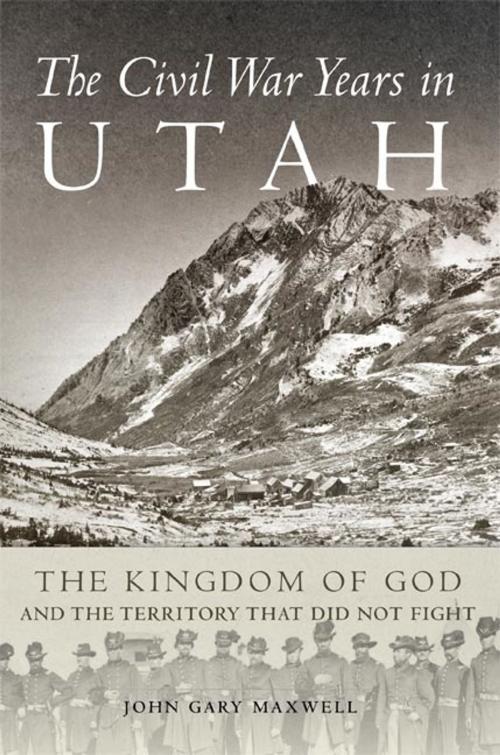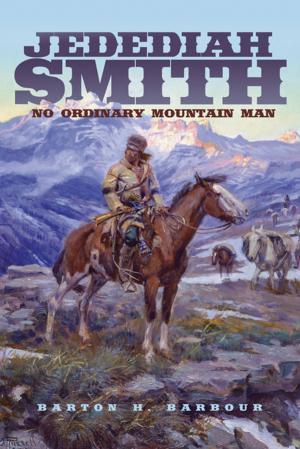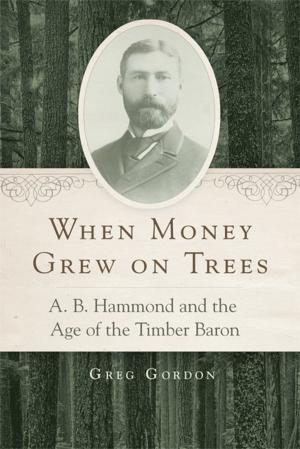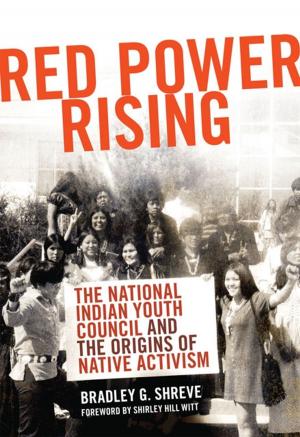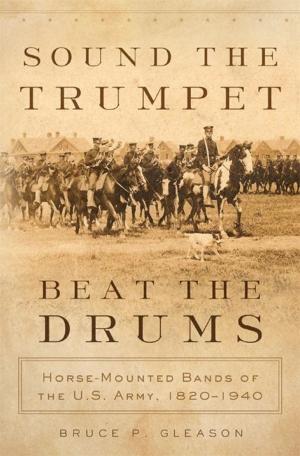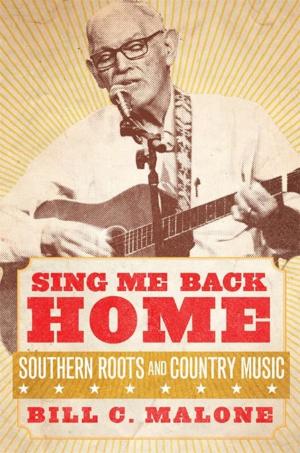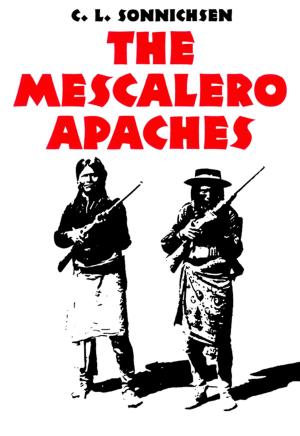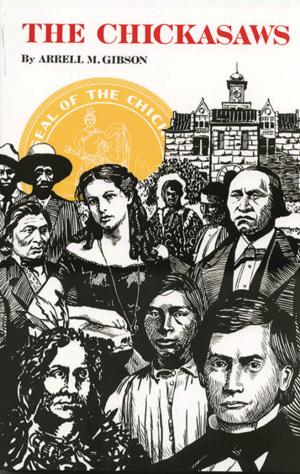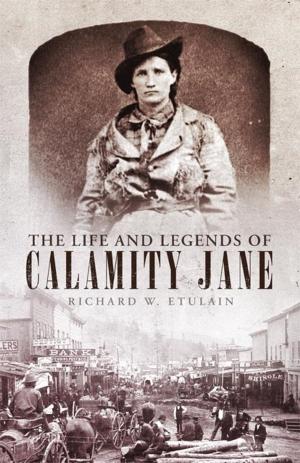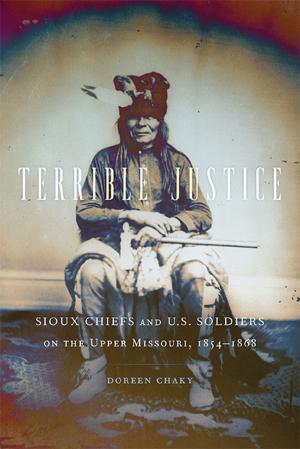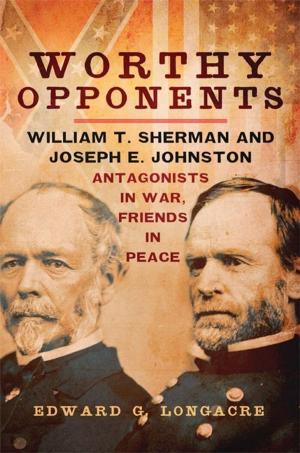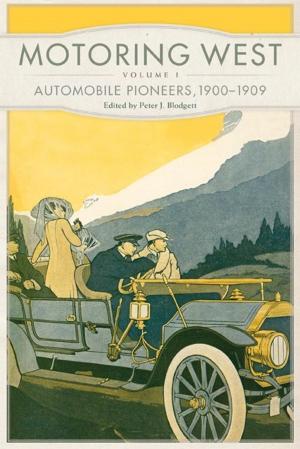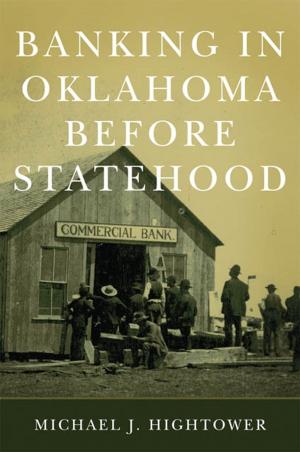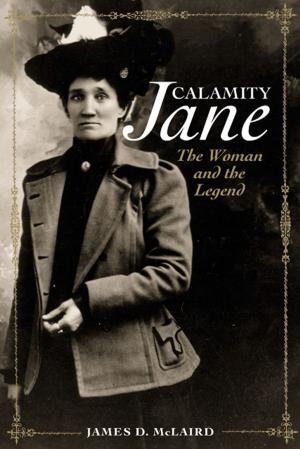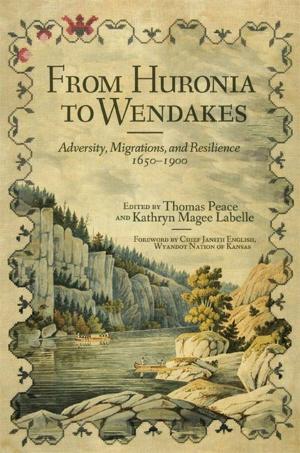The Civil War Years in Utah
The Kingdom of God and the Territory That Did Not Fight
Nonfiction, History, Americas, United States, Civil War Period (1850-1877), 19th Century, Military| Author: | John Gary Maxwell | ISBN: | 9780806155272 |
| Publisher: | University of Oklahoma Press | Publication: | February 29, 2016 |
| Imprint: | University of Oklahoma Press | Language: | English |
| Author: | John Gary Maxwell |
| ISBN: | 9780806155272 |
| Publisher: | University of Oklahoma Press |
| Publication: | February 29, 2016 |
| Imprint: | University of Oklahoma Press |
| Language: | English |
In 1832 Joseph Smith, Jr., the Mormons’ first prophet, foretold of a great war beginning in South Carolina. In the combatants’ mutual destruction, God’s purposes would be served, and Mormon men would rise to form a geographical, political, and theocratic “Kingdom of God” to encompass the earth. Three decades later, when Smith’s prophecy failed with the end of the American Civil War, the United States left torn but intact, the Mormons’ perspective on the conflict—and their inactivity in it—required palliative revision. In The Civil War Years in Utah, the first full account of the events that occurred in Utah Territory during the Civil War, John Gary Maxwell contradicts the patriotic mythology of Mormon leaders’ version of this dark chapter in Utah history.
While the Civil War spread death, tragedy, and sorrow across the continent, Utah Territory remained virtually untouched. Although the Church of Jesus Christ of Latter-day Saints—and its faithful—proudly praise the service of an 1862 Mormon cavalry company during the Civil War, Maxwell’s research exposes the relatively inconsequential contribution of these Nauvoo Legion soldiers. Active for a mere ninety days, they patrolled overland trails and telegraph lines.
Furthermore, Maxwell finds indisputable evidence of Southern allegiance among Mormon leaders, despite their claim of staunch, long-standing loyalty to the Union. Men at the highest levels of Mormon hierarchy were in close personal contact with Confederate operatives. In seeking sovereignty, Maxwell contends, the Saints engaged in blatant and treasonous conflict with Union authorities, the California and Nevada Volunteers, and federal policies, repeatedly skirting open warfare with the U.S. government.
Collective memory of this consequential period in American history, Maxwell argues, has been ill-served by a one-sided perspective. This engaging and long-overdue reappraisal finally fills in the gaps, telling the full story of the Civil War years in Utah Territory.
In 1832 Joseph Smith, Jr., the Mormons’ first prophet, foretold of a great war beginning in South Carolina. In the combatants’ mutual destruction, God’s purposes would be served, and Mormon men would rise to form a geographical, political, and theocratic “Kingdom of God” to encompass the earth. Three decades later, when Smith’s prophecy failed with the end of the American Civil War, the United States left torn but intact, the Mormons’ perspective on the conflict—and their inactivity in it—required palliative revision. In The Civil War Years in Utah, the first full account of the events that occurred in Utah Territory during the Civil War, John Gary Maxwell contradicts the patriotic mythology of Mormon leaders’ version of this dark chapter in Utah history.
While the Civil War spread death, tragedy, and sorrow across the continent, Utah Territory remained virtually untouched. Although the Church of Jesus Christ of Latter-day Saints—and its faithful—proudly praise the service of an 1862 Mormon cavalry company during the Civil War, Maxwell’s research exposes the relatively inconsequential contribution of these Nauvoo Legion soldiers. Active for a mere ninety days, they patrolled overland trails and telegraph lines.
Furthermore, Maxwell finds indisputable evidence of Southern allegiance among Mormon leaders, despite their claim of staunch, long-standing loyalty to the Union. Men at the highest levels of Mormon hierarchy were in close personal contact with Confederate operatives. In seeking sovereignty, Maxwell contends, the Saints engaged in blatant and treasonous conflict with Union authorities, the California and Nevada Volunteers, and federal policies, repeatedly skirting open warfare with the U.S. government.
Collective memory of this consequential period in American history, Maxwell argues, has been ill-served by a one-sided perspective. This engaging and long-overdue reappraisal finally fills in the gaps, telling the full story of the Civil War years in Utah Territory.
